
9 minute read
Fast Food Done Right
from Good to Be Home
by Kelli Grant
CHOOSING A home generator CHOOSING THE RIGHT home generator
written by: MATTHEW BRADY
Advertisement
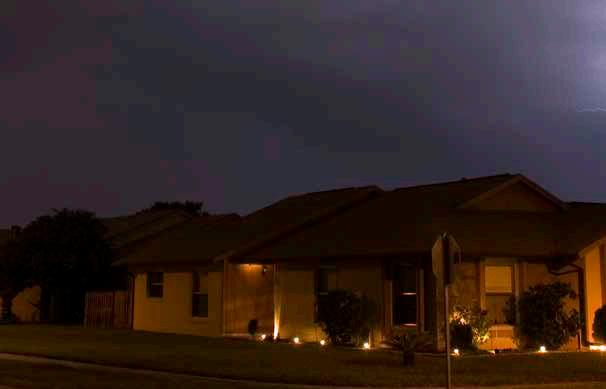
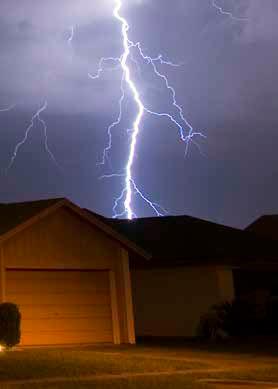
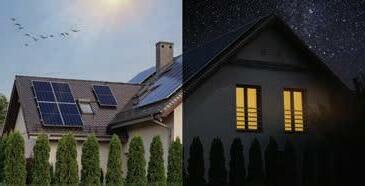
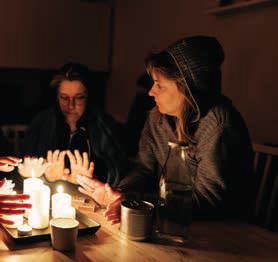
Everybody experiences bad weather at some point, which can result in losing power. In fact, 2020 set record highs for power outages according to the Energy Information Association, with the average American going eight hours without power that year. An outage can be a dicey situation, but it can be exponentially worse if it lasts for days, especially during times of disaster, deep freeze, or sweltering heat. Case in point: Louisiana, which was hit by Hurricane Laura in August 2020, topped the states with sixty powerless hours that year.
Because of such realities, a backup generator is a lifesaver for millions of Americans. When the power goes out, these mighty machines can step in to provide power for hours or even days— protecting the food in your fridge and freezer and, more importantly, keeping you and your household safe from outside conditions. Before you purchase one, however, do your homework, as there are several factors to consider when deciding which is right for you and your home.
Portable/Inverter Generators
A portable generator, as its name indicates, can be moved to where it’s needed. When the power goes out, you move it closer to your home—twenty feet away is considered a safe distance—and connect your appliances to it, usually via heavy-duty extension cords. Here are some important considerations for these mobile units.
PORTABLE VS. INVERTER. Often lumped together, these generator types actually have a few key distinctions. Because of their technology, inverters are smaller, lighter, quieter, and more fuel- and energy-efficient. However, portable generators are the most sought-after option because they’re cheaper yet often more powerful than their counterpart.
SIZE. Smaller inverter units usually weigh less than a hundred pounds and are ideal for activities like camping or tailgating, as they can power an appliance or two. In contrast, portable generators can handle more but can weigh upward of around two hundred pounds or more.
SAFETY. Since transportable generators often use propane, gasoline, or both (in the case of dualgas units), they should never be used inside the home because of carbon monoxide concerns. Some generators have built-in carbon monoxide detectors for this very reason.
POWER. You need to know the maximum wattage and voltage your generator can provide, how much your cords can handle, and how much your home needs so you don’t overpower the unit. PROTECTION. These machines must not get wet, so make sure you have a generator cover or tent at the ready, which you can find at most home-supply stores.
CONVENIENCE. Consider having an electrician install a transfer switch inside your house, which will serve as a mini circuit breaker and automatically direct power from your generator to appliances of your choice.

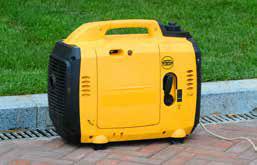

Standby Generators
This version is the most reliable option available, but you’ll pay for that reliability. Standby generators cost well into four figures, with some over $10,000, and need to be installed by an expert.
However, as a larger, permanent unit near your home, a standby generator boasts clear advantages, the most immediate being it automatically turns on after the power goes out. In addition, most are powerful enough to run your whole house (hence why they’re also known as whole-house generators). Plus, standby generators don't require refueling, and some models do selfdiagnostic tests, so they are by far the most hands-off, worry-free choice.
Purchasing a home generator is akin to having another form of home insurance. You’re ensuring that you and your household can continue having access to essentials like heat, air-conditioning, and food while your power is out, making it a serious consideration for any homeowner.
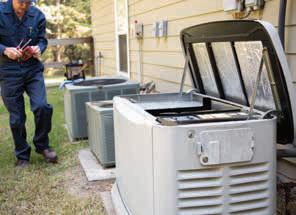

written by: BONNIE JOFFE
creative 10
WAYS TO USE A spare room

Trying to figure out what to do with that spare room? Maybe you just want a change. Unused space does not have to go to waste! If you feel it’s time to repurpose your spare room, check out these tips to help get you started.


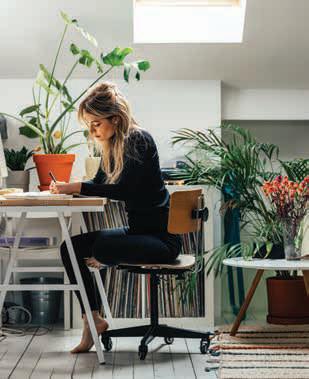
Life has drastically changed since the pandemic began, and working remotely has become part of this lifestyle change. Turning your spare room into an office can separate your workspace from your personal space, promoting a better work-life balance.
Craft/art room
If you're looking for somewhere to channel your artistic side, why not turn your spare room into a place for creativity? Bring in your drafting table, art materials, and craft supplies. Websites like Etsy can provide other innovative ideas for setting one up.
Study/reading room
There’s nothing like kicking back after a long day and enjoying some peace and quiet. Adding a comfy chair, soft lighting, shelving for your books, and piped-in relaxing music may be all you need. You could even install a gas or electric fireplace—perhaps making this your solution for a second living room.

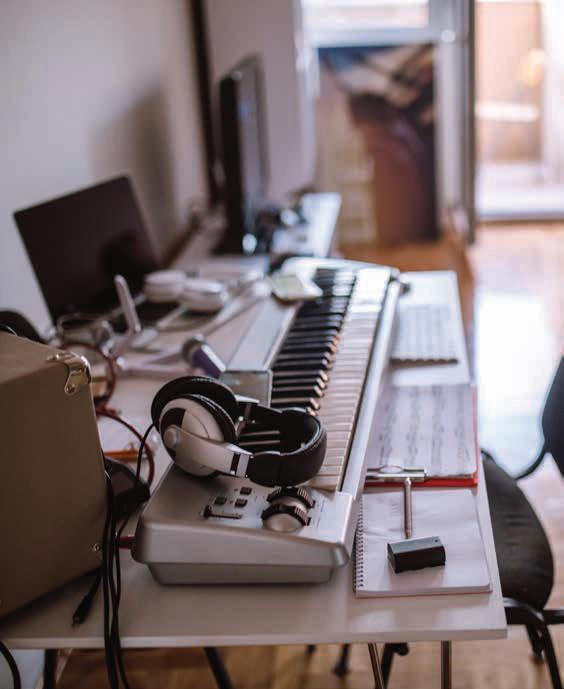
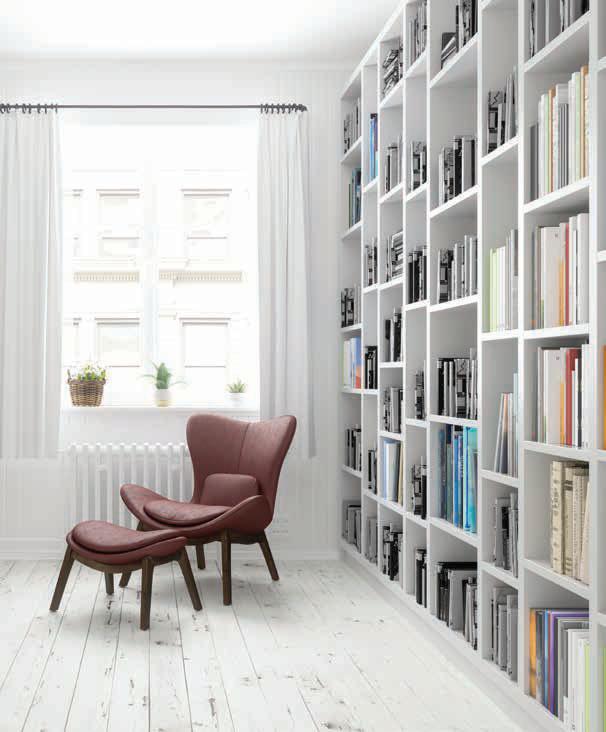
Music room/recording studio
Do you love jamming with your friends or playing your favorite musical instrument? This is the ticket to having your own musical space. If you live in an apartment or townhome, you may need to install some carpeting to absorb the sound, but if you are in a detached home, go for it!
Home theater
Since COVID-19, more people are enjoying movies and videos in the comfort of their own homes. Convert your spare room into a home theater with a big-screen TV, a surround-sound system, and a few lounge chairs or a Barcalounger sofa, making it a true movie experience. Don’t forget the popcorn!
Game room
Who doesn’t love a game night? You can devote your spare room to fun, whether it’s having friends over to play your favorite board games or you and your family playing your favorite video games.

Playroom
Dedicate a special place for the children in your life. Keeping their toys and art-and-craft supplies relegated to one room allows you to control the inevitable clutter when the little ones play. More importantly, they’ll love having their own playroom.





Yoga studio/ meditation room
Create an oasis in your spare room—developing good feng shui is a great start to making a perfect place to practice yoga or meditation. Add a diffuser with essential oils, plants, and soothing music to make the most of your in-home refuge.
Home gym
Here’s a chance to set up a gym the way you want it! Couple it with a sound system or large-screen TV to further enhance your workouts.
Walk-in closet
Think about turning your spare room into a walk-in closet. Add a makeup vanity, a shoe rack, or shelving and hanging space for your out-of-season clothing. It will be a dream come true for reorganizing your wardrobe.
There are many ways to convert a spare room into a usable space rather than a traditional guest room—your options are virtually endless. Explore all your options to decide what’s best for you and your home, and have fun doing it!
written by: CHRISTY MURDOCK EDGAR
7 real estate market trend
PREDICTIONS FOR 2023
Real estate markets everywhere have seen unprecedented changes in recent years. What’s up next, and how will it affect your plans and finances in the years to come?




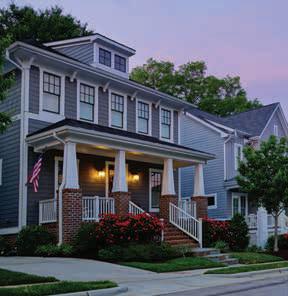
The past several years have been filled with enough change and upheaval for several lifetimes, and the best-laid plans of both buyers and sellers have frequently fallen by the wayside. That’s why predicting the future in this market moment feels particularly fraught with peril and pitfalls.
All of that said, there are some trends on the horizon and a few safe bets about the housing market for 2023. While we’ll no doubt see plenty of continuing challenges, there are always opportunities to be had if you know where to look.
Home sharing
For those who are footloose and fancy-free thanks to remote work, settling down in one place may not be in the cards. Home-sharing options are becoming more popular, with Pacaso leading the way in shared ownership of second and vacation homes. It’s an idea that’s been around for a while among digital nomads and renters, and it allows people to move from place to place without giving up the comforts of home or the advantages of homeownership.
Renting to own
Renting to own sounds like an oldfashioned notion, but some property technology companies are adding a more modern twist to the concept. Investment companies like Divvy Homes are making some of their inventory available as rent-to-own properties and then helping renters purchase those homes by setting aside part of their rent payments as down payment funds.
With record-high home prices and affordability struggles in every major market, innovative solutions can help buyers put together a financial strategy that works for them. It’s not just convenient—it’s good for families who may have had their savings impacted by the economic challenges of the pandemic.


